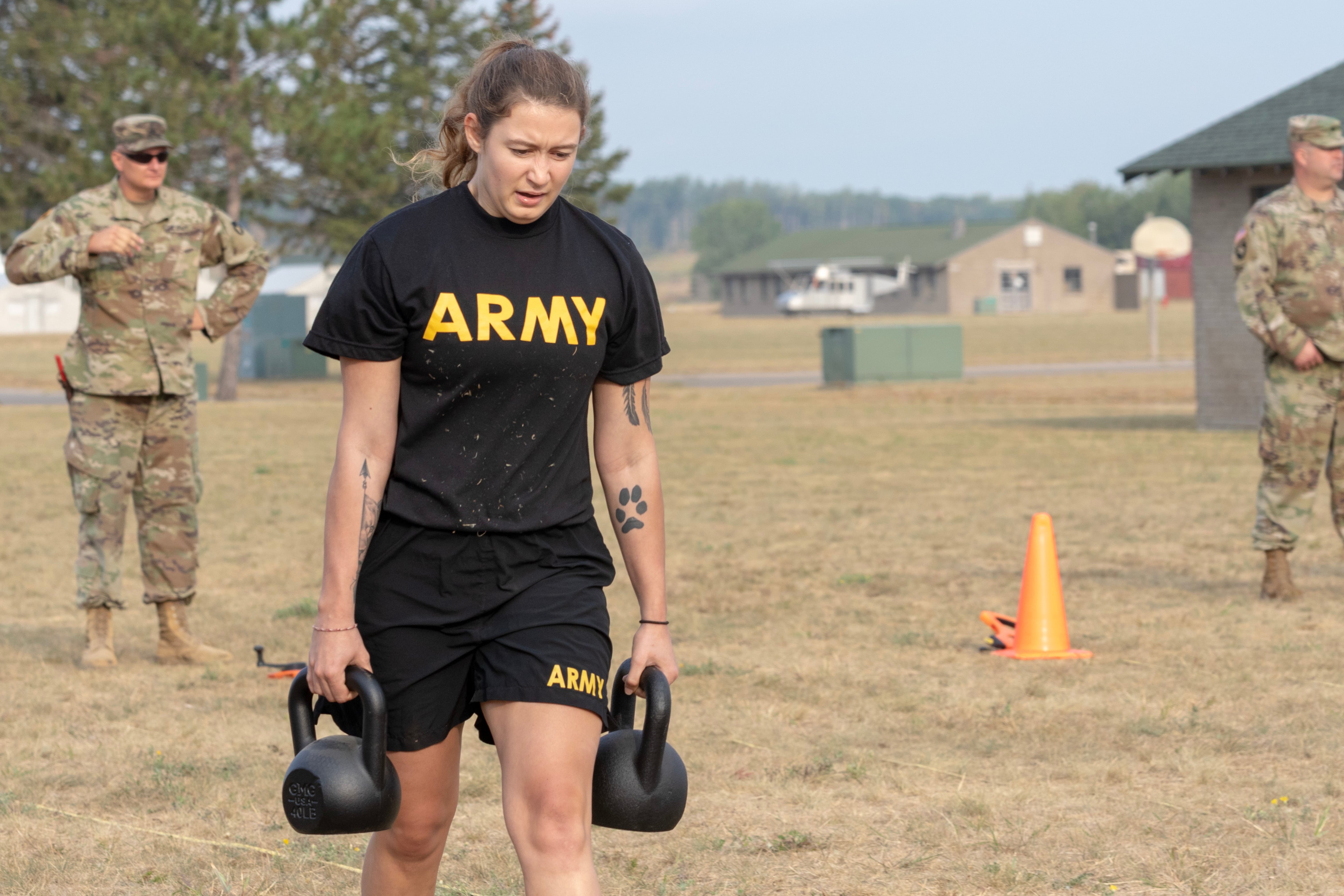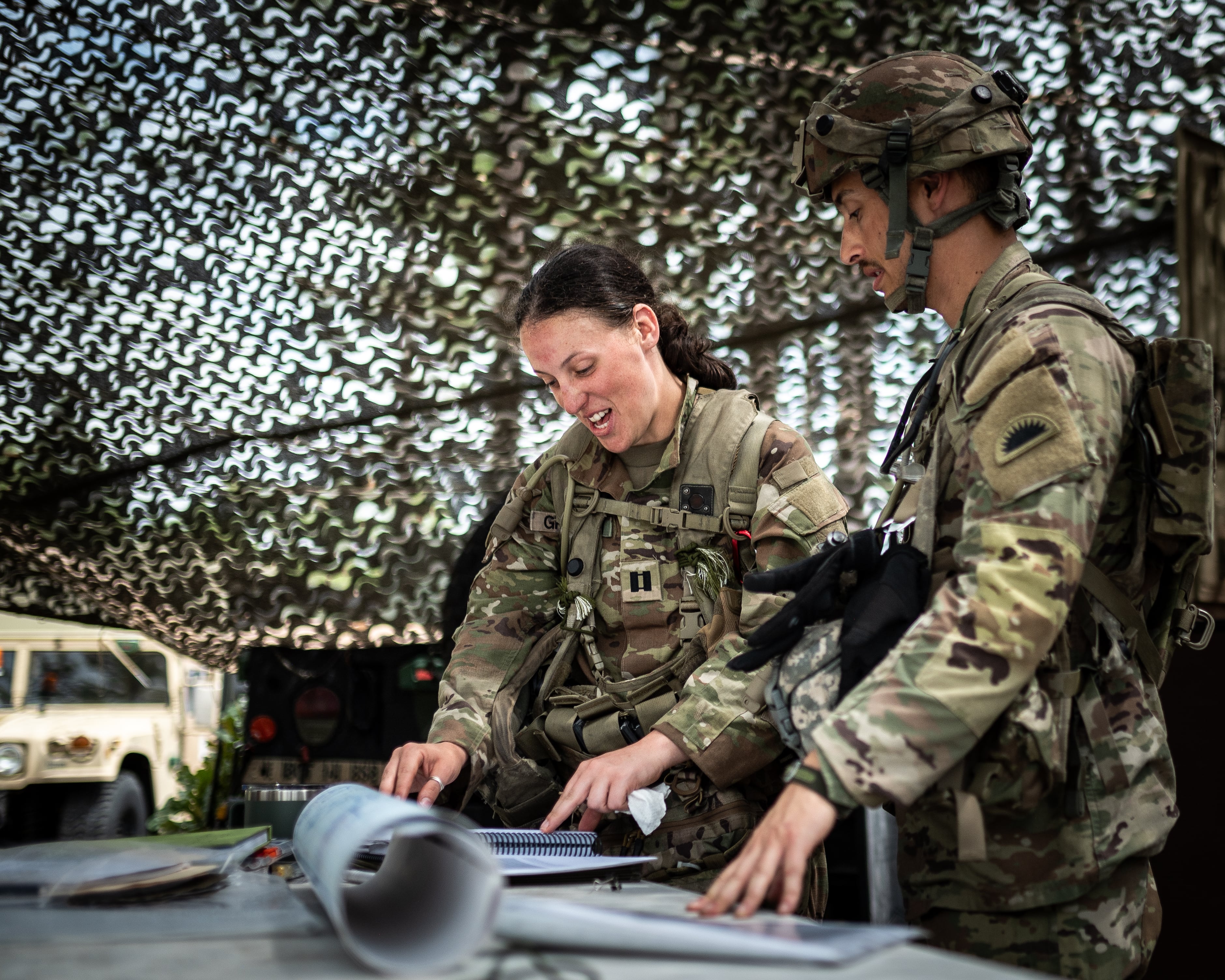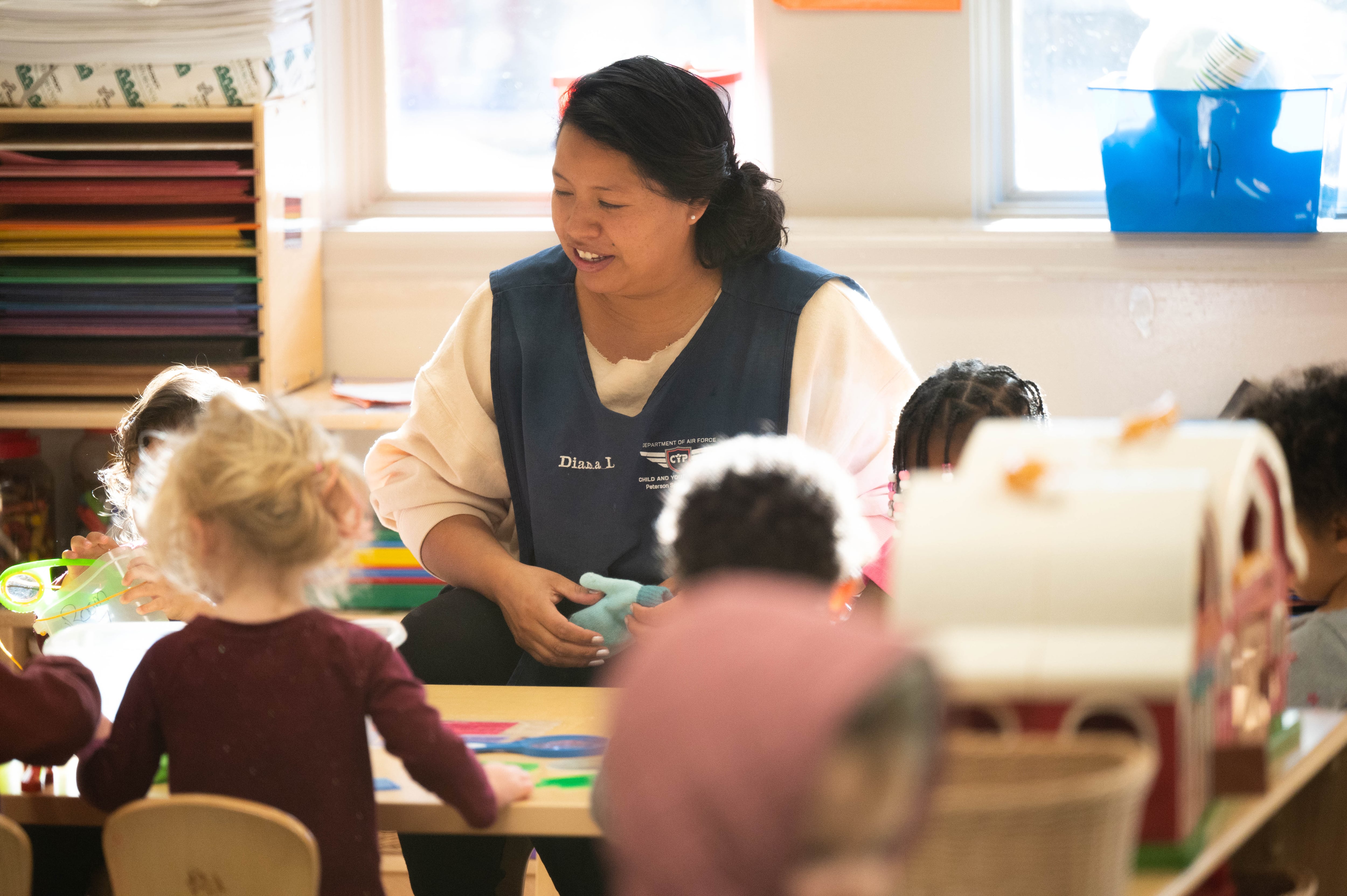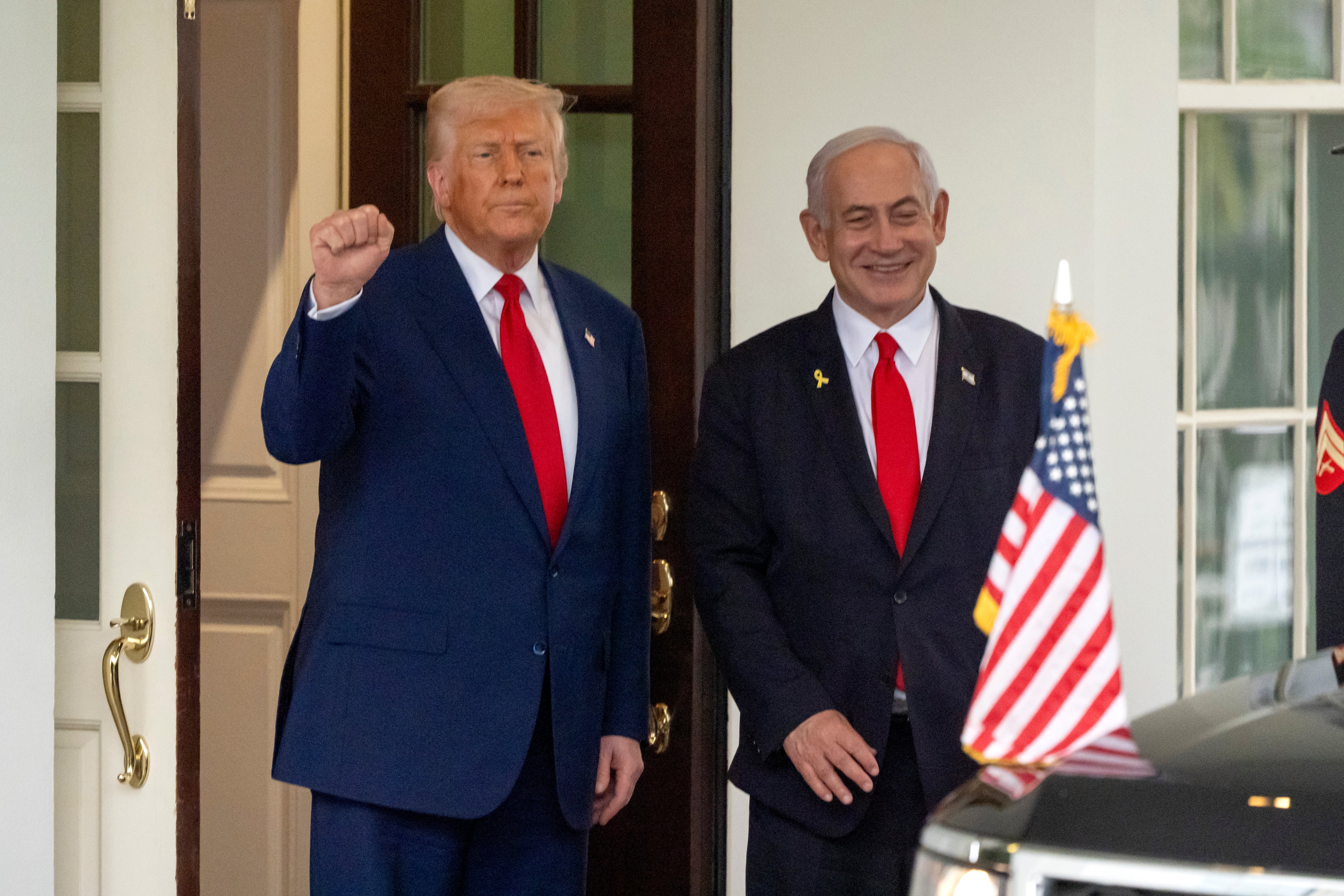The Army National Guard must find new ways to train in a limited number of days each year so that their formations are ready to fight large-scale combat operations when called, Army National Guard Director Lt. Gen. Jonathan Stubbs said Tuesday at the annual Association of the U.S. Army conference.
Guardsmen are generally restricted to serving 39 days each year, and in that time, soldiers must practice everything from physical training and small arms marksmanship to knocking down aerial threats or planning how to move a brigade across the globe.
Stubbs challenged his leaders to find new ways to approach collective training.
“If we are ready for combat as a large organization, we will be ready for anything,” Stubbs said.
Stubbs painted a picture, noting that 84 years ago, the Army watched as the German military swept across Europe, Italian troops marched through Africa and Japan took island after island in the Pacific.
RELATED

Then, the following year, the Japanese military struck Pearl Harbor, Hawaii and the United States entered World War II.
“In some ways, we are where our nation was in October 1940,” Stubbs said.
While noting that war is avoidable and work that the Guard is doing in its overseas deployments and training is helping to deter such an event, Stubbs said the state of the world gives the limited training time that the Guard uses a greater sense of urgency.
Stubbs said that Guard and active Army leadership are weighing ways to change training to fit the needs of the Guard as it transforms while continuing its homeland defense and disaster response missions.
One concept, which has not yet been approved, could involve a 15-day combat training center rotation instead of a 30-day rotation. Those exercises are culminating events that stress test battalions, brigades and, recently, divisions, alongside their support units and enablers.
Finding new ways to deploy some personnel early to a training center such as the National Training Center at Fort Irwin, California or the Joint Readiness Training Center at Fort Johnson, Louisiana would mean a portion of a Guard unit’s staff working alongside an active Army unit at the center for the end of their rotation as the Guard unit arrives to begin their stint.
Then, other parts of the Guard unit would fall in later in the rotation so that the unit gets exposure to all aspects of building and deploying a combat unit.
That type of training is also very limited for the Guard as it gets two training center rotations allotted to them each year, one for NTC and one for JRTC.
The Guard has 27 brigade combat teams. At that rate, a brigade might not return to the training centers for a full rotation for more than a decade.
This past year the Army conducted its first division headquarters rotations to the training centers with in-person support from enabler units such as logistics and medical formations.
The Guard will soon be doing that type of training both at home station and at the training centers.
Stubbs dubbed the effort part of the Guard’s larger work of campaigning while also modernizing. A big component of both efforts is training the leaders of such units.
Much of that is done in a live setting, as the Guard has done for years in its Sinai support mission, which sends U.S. troops to serve in the Sinai Peninsula between Israel and Egypt.
The Guard also leads the Joint Multinational Training Group – Ukraine, which supports combat training for Ukrainian partners as they fight in the Russia-Ukraine war.
Those rotations alleviate the strain on the deployed active Army forces while also giving Guard leaders real-world responsibilities, Stubbs said.
The decades-long State Partnership Program also exposes most Guard units to partner training and overseas missions by pairing certain Guard units in their state with a partner nation. The two train and visit each other routinely each year as part of their regular annual duties.
“It’s micro-campaigning but it delivers macro-type results,” Stubbs said.
But leaders aren’t learning from scratch. Many of the operational and strategic-level leaders, such as those in the rank of colonel and above, cut their operational teeth on the counterinsurgency and counterterrorism missions of the Global War on Terror, said Maj. Gen. Dale Lyles, the adjutant general for the Indiana National Guard.
Lyles said the Guard has spent the past two decades “projecting power, mobilizing soldiers, building formations and sending them into contested environments.”
Maj. Gen. Stephen Osborn, adjutant general for the Iowa National Guard, said a specific feature that’s going to be important for the Guard is understanding the employment of these larger units.
“Time is probably the biggest constraint,” Osborn said. “So how do we focus on how to change how we train for large-scale combat?”
Todd South has written about crime, courts, government and the military for multiple publications since 2004 and was named a 2014 Pulitzer finalist for a co-written project on witness intimidation. Todd is a Marine veteran of the Iraq War.





